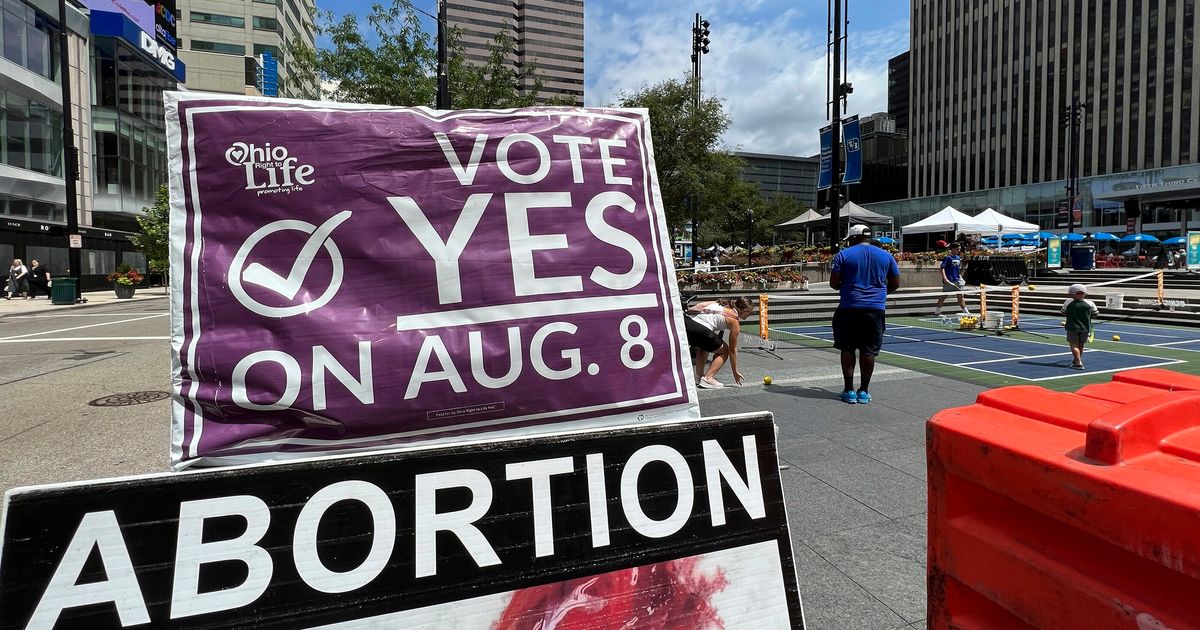The results of an Ohio referendum could have significant implications for abortion rights in the state. On Tuesday, Ohioans will vote in a special election to decide whether to raise the vote threshold needed to pass an amendment to the state’s constitution. A “yes” vote on Issue 1, a Republican-backed ballot initiative, would require a 60% majority for voters to pass an amendment, up from the current threshold of a simple majority over 50%. In addition, Issue 1 would increase the petition requirements for getting an amendment on the ballot.
The requirements of Issue 1 are essentially a battle over abortion rights. Ohio Republicans pushed for this special election in anticipation of a liberal-backed referendum that is set to appear on the November ballot, which would establish abortion rights in the state constitution. If successful, this amendment would invalidate any laws that restrict abortion prior to fetal viability, including a state law that currently prohibits abortion after six weeks of pregnancy. Ohio Republicans are betting that if a 60% majority is required to establish abortion rights, activists are less likely to succeed. A July poll showed that 58% of Ohioans supported passing the amendment to protect abortion rights.
As for Issue 1 itself, the latest public poll shows a close race, with a slight advantage for the “yes” side and a significant number of undecided voters. The spending in this off-season special election has soared to $35 million by the end of July, with support from GOP billionaire Dick Uihlein and anti-abortion group Susan B. Anthony List for the “yes” vote, and liberal mega-donor Karla Jurvetson and the Tides Foundation supporting the “no” side.
This referendum also has implications for other policy priorities, such as a minimum wage increase. A constitutional amendment on the November ballot aims to raise Ohio’s minimum wage to $15 an hour by 2026 and index it to inflation thereafter. The state Chamber of Commerce, which opposes the minimum wage hike, supports the passage of Issue 1.
Despite being a typically low-turnout affair, the early voting numbers for this August special election have exceeded expectations, with over 500,000 people casting their ballots as of last Wednesday. This has led to long lines in some counties amid a summer heat wave.
The ballot measure has become a point of contention in Ohio’s highly contested 2024 Republican Senate primary. GOP state Secretary of State Frank LaRose, who is running for U.S. Senate, is overseeing the administration of the election while advocating for Issue 1 as a means to prevent abortion legalization. LaRose has challenged his wealthy opponents in the race to contribute $1 million each to support Issue 1, but their campaigns have dismissed it as a publicity stunt.
Abortion is expected to be a major focus in the race between Sen. Sherrod Brown (D-Ohio), one of the Republican Party’s main targets, and the eventual GOP nominee. Regardless of the outcome this week, if abortion rights advocates succeed later this year, Brown can use it to argue that his opponent is out of touch with Ohio voters, and vice versa if they are unsuccessful.

